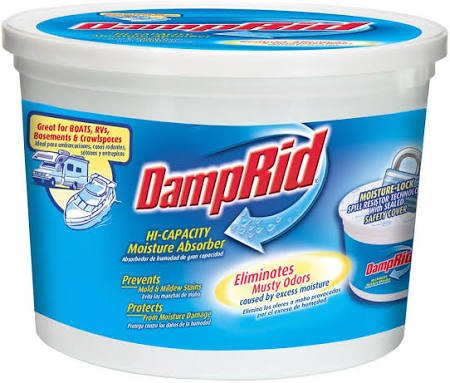I second
@grubworm with the diesel heater, we have used tents for years, mostly unheated mainly because we pretended to be tougher back then, but more likely too cheap. Even sleeping with the windows open resulted in a tent that was wetter on the inside than the outside. Enter the Mr Buddy Heaters, they produced a nice warm, but soaking wet tent, the amount of moisture produced by burning propane indoors is immense, far more than the heat is capable of drying out. Australia has some really neat propane heat exchanger units that keep the combustion air separate from the conditioned air in the tent, however not available in North America for some reason. The diesel heaters run under the same principal where there are separate air inlets and exhausts for the burner and the hot air for the living area. For the basic tent use, the heater itself sits outside with a small inlet and exhaust pipe for the burner and then a larger air intake for the heated air and a flexible hose that you run into your tent for heat. The heaters are available pre built in a metal case, or as a bunch of parts to hard mount in a vehicle or DIY into a weather proof case of your choice. we went with an all in one solution and it has worked perfect for us, just need to make sure its covered or under an awning as the manufactures case is not waterproof.
One issue with the all in one units is the thermostat is on the heater itself and will be located outside so it will likely force the heater to run full tilt as it will always read cold. Switching the heater to manual mode allows (on our unit anyway) selecting heating levels from 1 to 12 with the remote control so the heater just chugs along at a fixed level, you just have to pick which one works best for the conditions. We will crank it up when using the annex and hanging out playing cards etc,, then set it to level 1 or 2 for the night which keeps the chill off and allows for our RTT side windows to be cracked. then notch it up a few levels a little bit before time to get up. Even better than waking and getting dressed in a warm tent is that everything including the tent is DRY. If its not raining the outside of the tent will be free of dew also, so we pack away a fully dry tent.
There is an option to use a return air hose back to the inlet side of the heater so that it works more like a house furnace bringing cooled air back from the tent and re-heating it instead of always heating outside cold air this will increase the efficiency of the unit quite a bit, however it may also increase the moisture content due to recirculating moisture caused by breathing. We go with 100 percent outside air and have had no issues.







